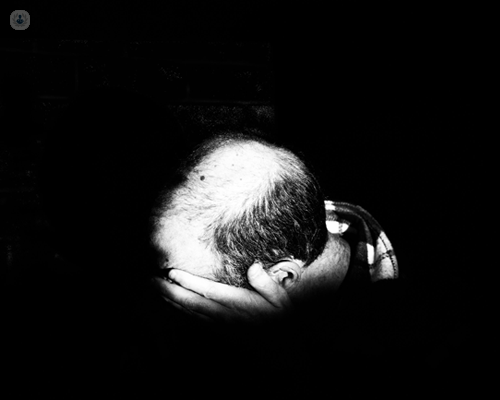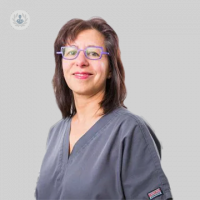Balding prevention: Exploring your options
Autore:Balding and hair loss can be difficult for those going through it. Thankfully, there are various ways to take action in order to slow it down.
Here to offer her expertise on the different options available for balding, is leading hair transplant specialist Dr Nilofer Farjo. Read on to find out more.

There are no sure-fire ways to completely stop hair loss despite the array of shampoos, vitamins and alternative therapies on offer that promise to stop balding in its tracks. However, you can take a few precautions to slow it down. Early intervention is better because hair loss is progressive, so you can take action as soon as you start to notice it.
What bad habits can people start to change to prevent balding?
You’ve got to treat your hair with the care it deserves to keep it in top condition. Things like:
- Washing your hair in scalding water;
- Overdoing it with hot styling tools, and:
- Failing to protect it from the sun;
They all can make your hair fragile, brittle and more likely to break, while traction alopecia can occur from repeatedly wearing it in tight hairstyles.
Chemically treating your hair, for example perming or bleaching it, is also damaging of course, as it changes the structure of your hair. Use deep-conditioning hair masks and heat protectants between treatments if you colour or treat it.
What medications are available to prevent balding?
There are two clinically-proven drugs that can prevent further hair loss as it stands. These are:
- Minoxidil, and;
- Finasteride
Minoxidil is a topical treatment that’s thought to increase blood flow and nutrient uptake to the hair follicles. This makes the hair stronger and thicker, especially at the crown of the head.
In comparison, finasteride blocks the production of dihydrotestosterone (DHT), a hormone that has been linked to balding as it shrinks the hair follicle and shortens its growth cycle. Finasteride is designed for long-term use, and once you’ve started to use it, you will need to continue using it. Otherwise, the hair you’ve regrown will fall out.
How important is the maintenance of health when it comes to the prevention of balding?
Your body stops seeing your hair cycle as a priority when you’re not getting the right nutrients or vitamins. This is because the nutrients and energy you’re intaking are diverted to your vital organs instead. You might notice that your hair looks duller than normal if you’re not eating properly, or if you’ve been ill.
While it’s important to remain fit and healthy for your overall wellbeing, it can have a noticeable impact on your hair. It can be a visible sign of health, just like your skin. Ensure to eat a balanced diet that has plenty of protein, iron, and vitamins A, C, D, E and B-vitamins. You can take a look at our recommended nutritional supplements on our website.
What’s involved in injectable treatments for balding?
Injections using platelet-rich plasma (PRP) have special proteins called growth factors that stimulate the existing miniaturising hairs. These proteins are known to play a role in hair growth, and after the initial three treatments you’ll most likely need one to two treatments per year to maintain the benefits.
If I’ve exhausted all other options for balding, is a hair transplant the next step?
If your hair loss is advanced, a transplant could be your best bet even if it may seem like a drastic step. It’s a long-term solution to the problem of balding.
If pattern baldness is the cause of your hair loss, then you could be a strong candidate for surgery. It can also treat hair loss caused by external trauma, such as burns, as well as traction alopecia. If you’ve gone completely bald it won’t work as surgery relies on active hair follicles being transplanted into thinning areas of the scalp.
Come along for a consultation if you’d like to find out more.
If you’d like to explore the ways to combat balding, arrange an appointment with Dr Nilofer Farjo via her Top Doctors profile.



